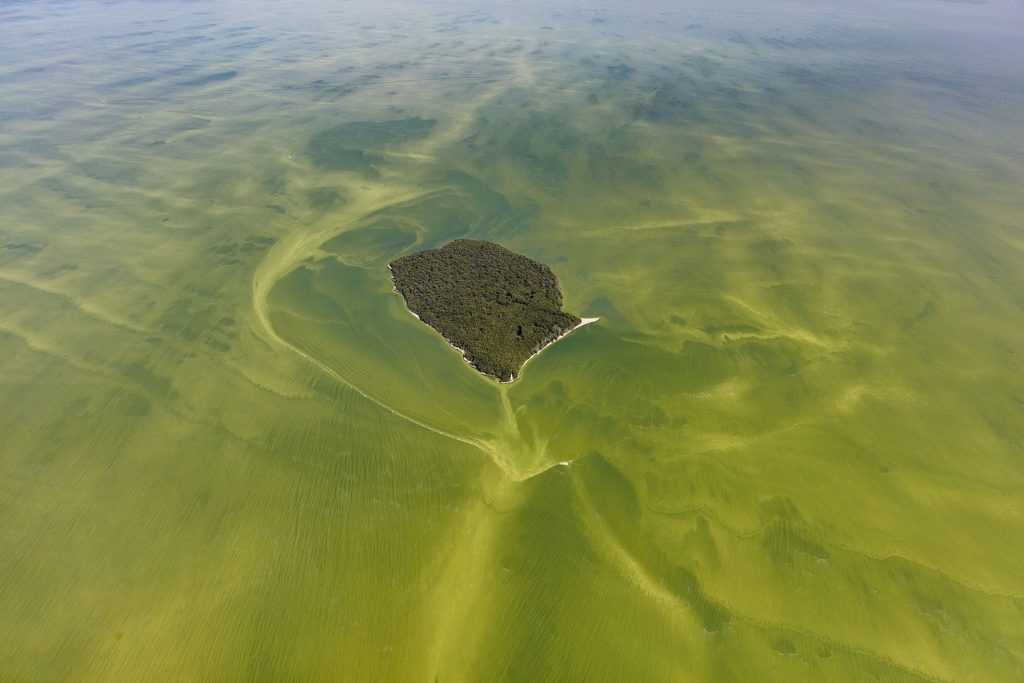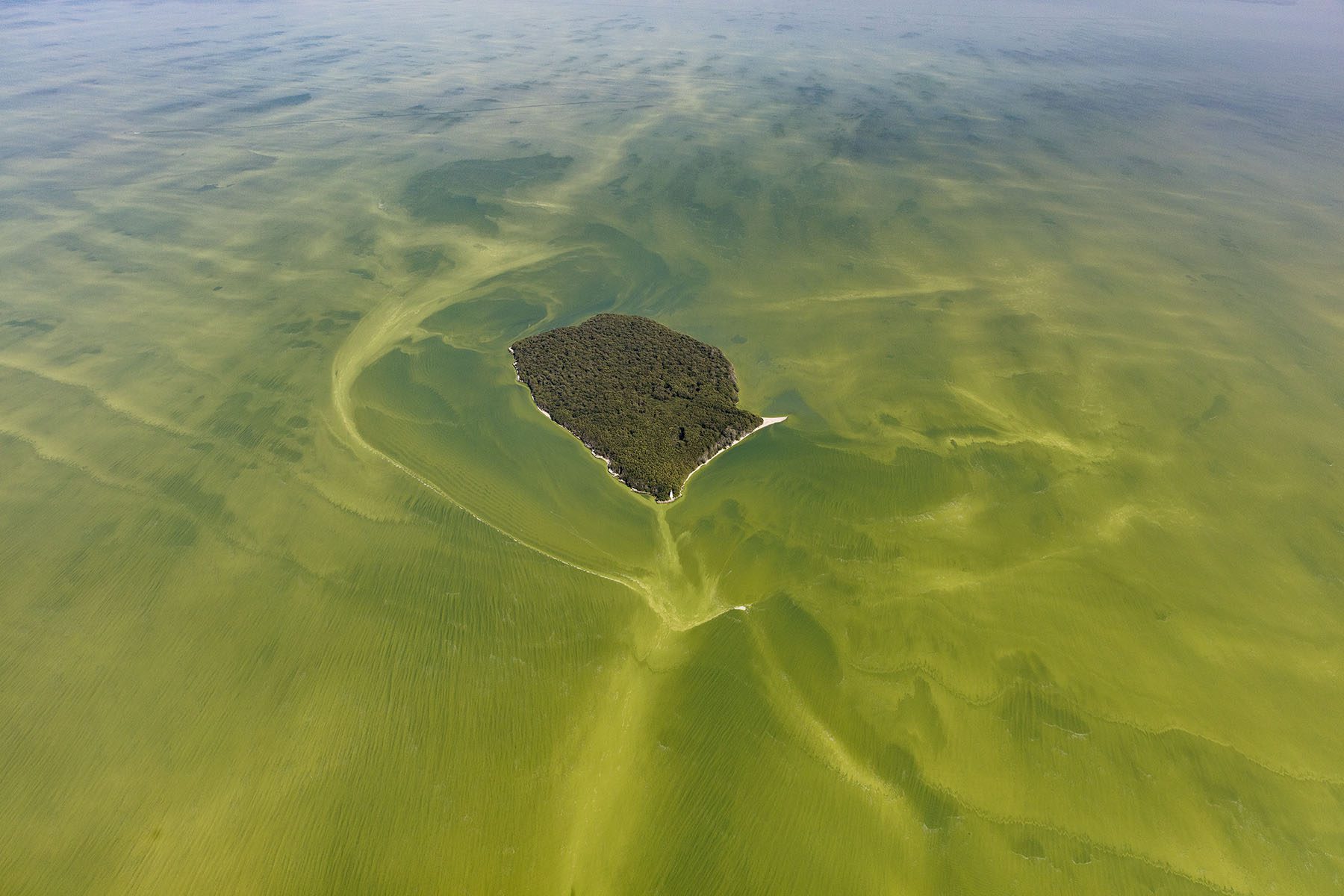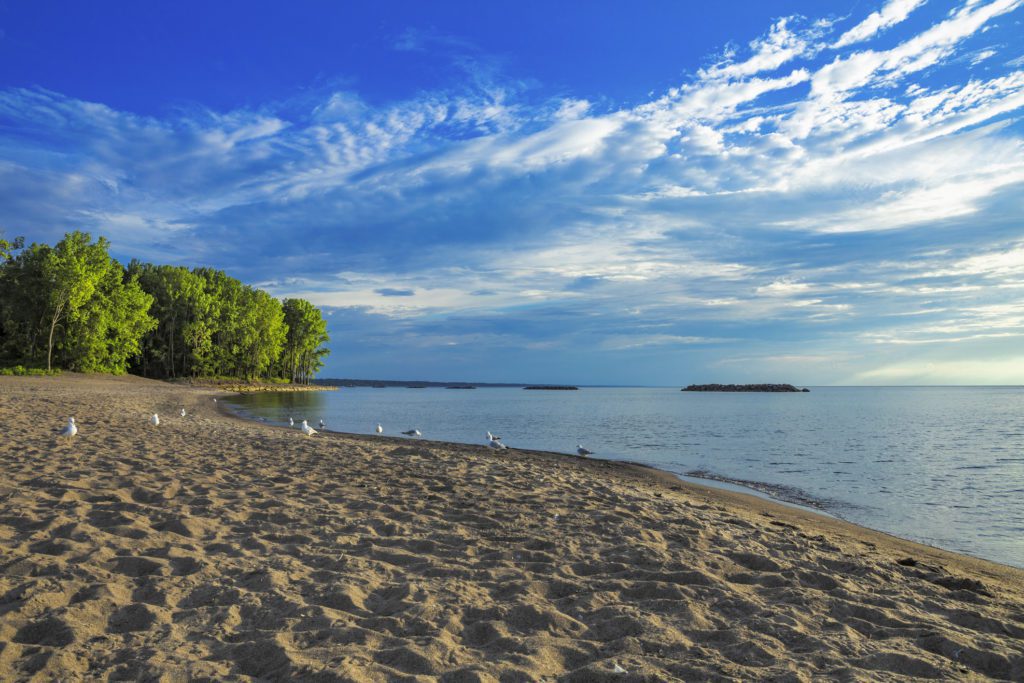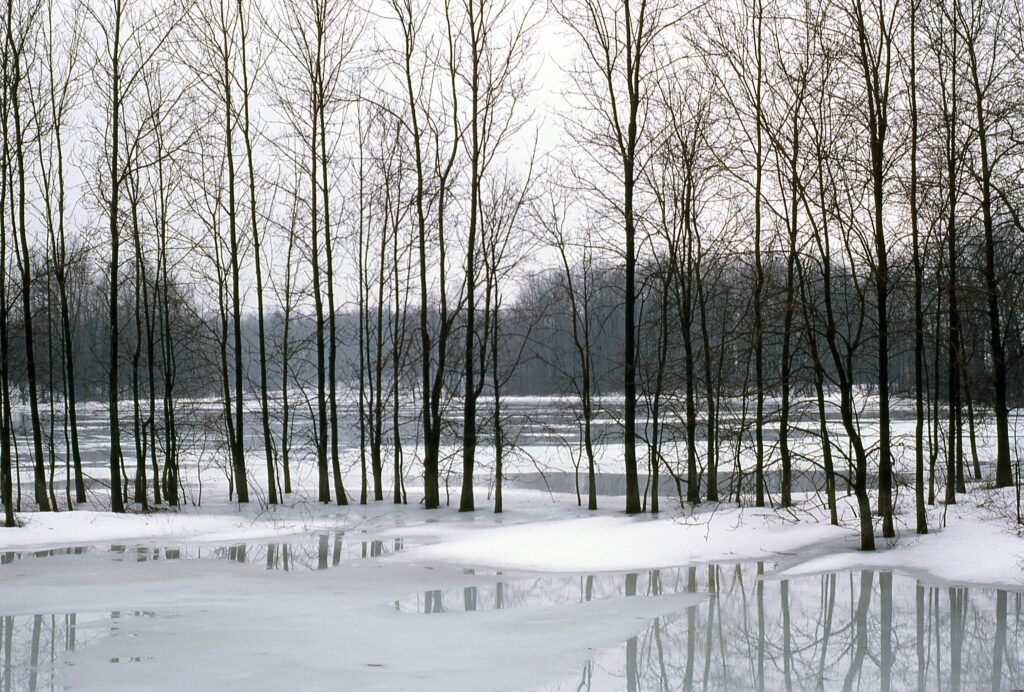Recently, the federal and Ontario governments released their finalized plan to tackle Lake Erie algae blooms. We’re happy to report that the plan includes several of our recommendations. But we’re disappointed to say that it doesn’t go far enough to address runoff pollution from agricultural sources – the main cause of the blooms.

Photo Credit: Flickr user NOAA Great Lakes Environmental Research Laboratory
The good news
For the past few years, Environmental Defence has worked with the Canadian Freshwater Alliance and Freshwater Future Canada to call for a strong plan to protect and restore Lake Erie.
Over the last decade, increasingly frequent and severe algae blooms have plagued Lake Erie. These blooms can be more than just an eyesore – they can be toxic. We’re happy to see that the Lake Erie action plan acknowledges the severity of the problem, and the urgent need for action.
The final plan does four smart and important things:
- Includes over 120 actions that will be led by governments, conservation authorities, agricultural groups, and others to reduce runoff pollution.
- Makes governments’ water quality data available to the public in an accessible format.
- Puts more money towards research and monitoring, to help target solutions in areas with the highest levels of pollution.
- Commits Canada to join the U.S. federal and state agencies in regular reporting, so that we can determine if everyone’s on track to meet the plan’s goals.

Photo Credit: Flickr user NOAA Great Lakes Environmental Research Laboratory
The bad news
If we are going to save Lake Erie, we need to address runoff pollution from agricultural lands. But, the final plan includes no new enforceable requirements to reduce runoff from farms.
Instead, agricultural groups have committed to rolling-out and ramping-up voluntary programs to reduce runoff pollution. While it’s great to see farmers voicing their commitment to the health of Lake Erie, voluntary programs are not enough. We need a common sense approach that combines new rules, and enforcement, education and cost-share programs. It will take a holistic approach to ensure all farmers do what it takes to keep manure and fertilizer on farms, and out of the lake.
Another area where the plan falls short is its weak approach to wetland protection. Wetlands are a cost-effective way to capture runoff pollution before it gets into the lake. But the plan doesn’t commit to ending wetland loss until 2025. That’s seven more years of potential wetland destruction! A Canadian study released last fall found that even small wetlands can have a huge impact on water quality. We hoped the final plan would push harder to protect wetlands.
What’s next
Lake Erie provides drinking water to more than 10 million Canadians and Americans. It supports a nearly $200 million commercial fishery, and is home to hundreds of kinds of fish, birds, and other wildlife. For the first time, we have a provincial-federal plan to address runoff pollution in the lake. But the plan is just the beginning, and we’re nowhere near done.
Moving forward, we will continue to advocate for the health and safety of Ontarians and do everything we can to encourage the government to develop smart programs and incentives that protect Lake Erie.
And if you want to help protect the lake, you can show your support by adding your voice to a growing community of people standing with the lake.









